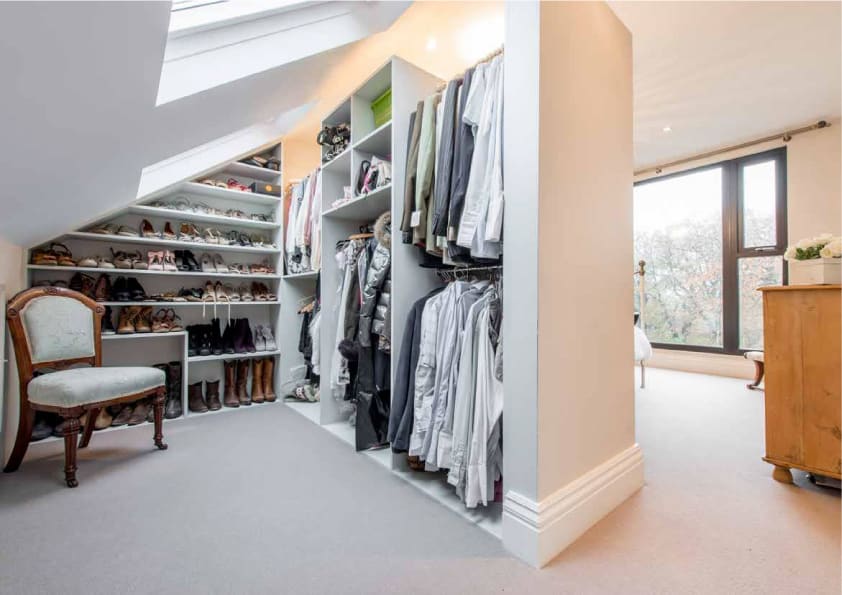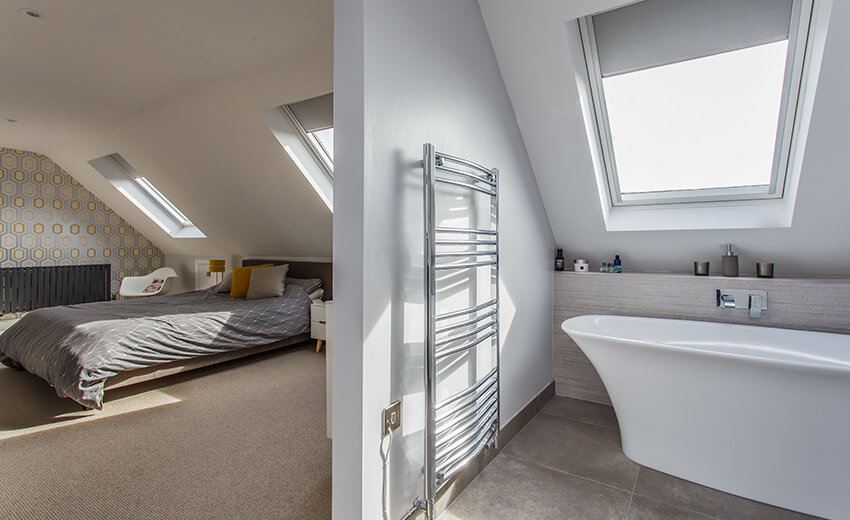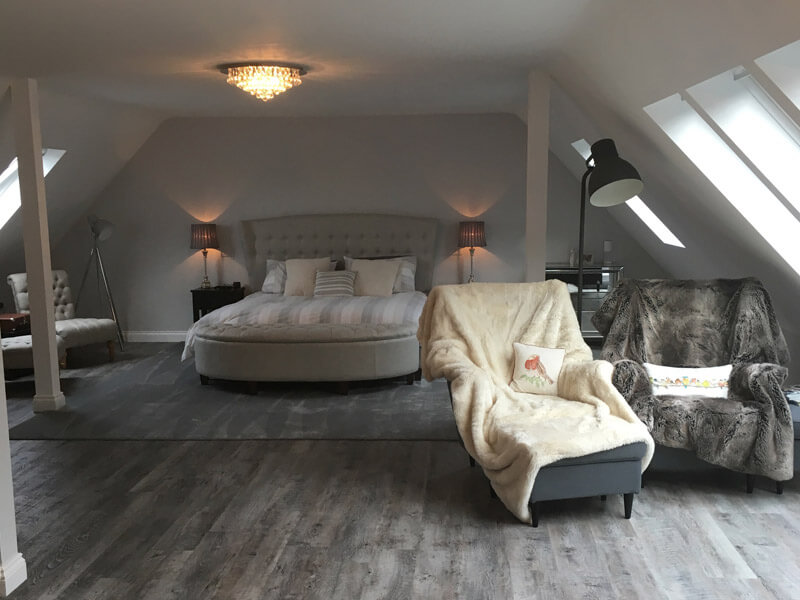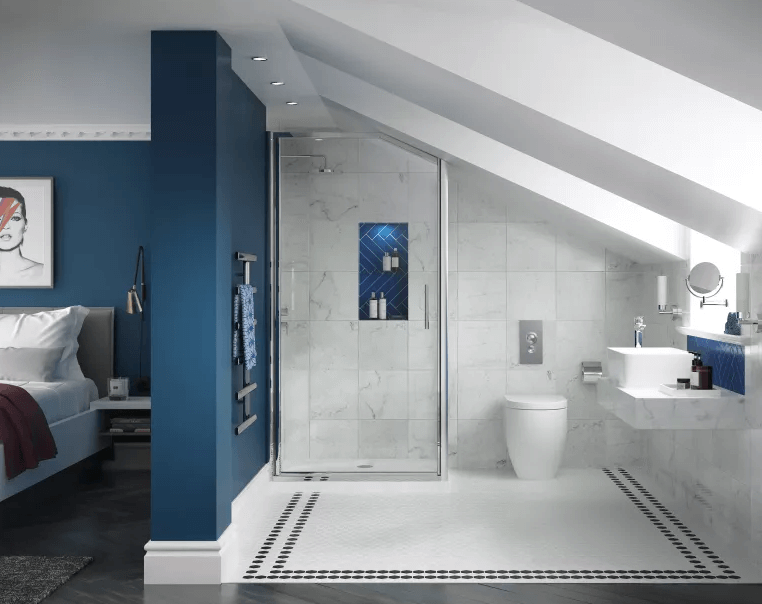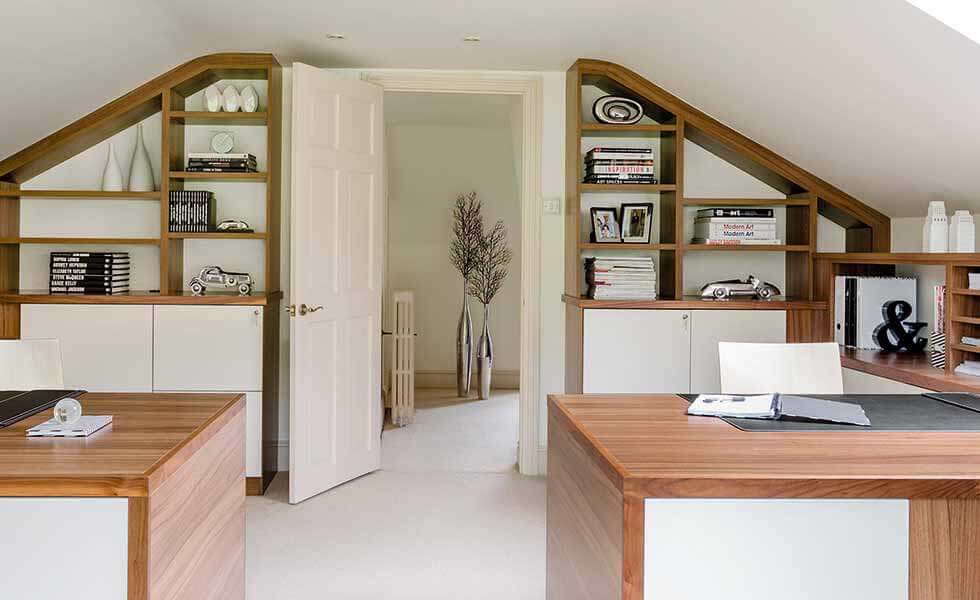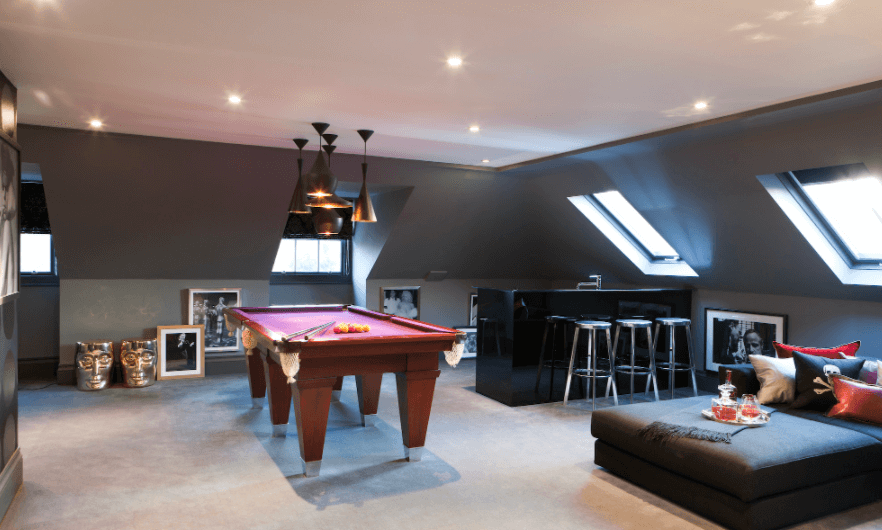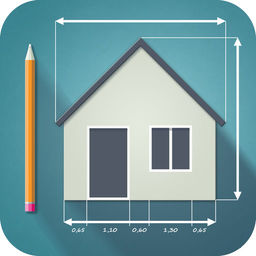A loft conversion in Tottenham is a fantastic opportunity to boost the value of your home without the need to relocate. Did you know that converting your loft in Tottenham can add as much as 25% in value to the property, which ensures a profitable investment in the long run. In some suburbs of Tottenham, where space is limited, loft conversions have become the preferred choice for families seeking to enhance their homes. Not only is it a more cost-effective alternative to moving, but it also provides the added benefit of expanding your living space.
Request a Quote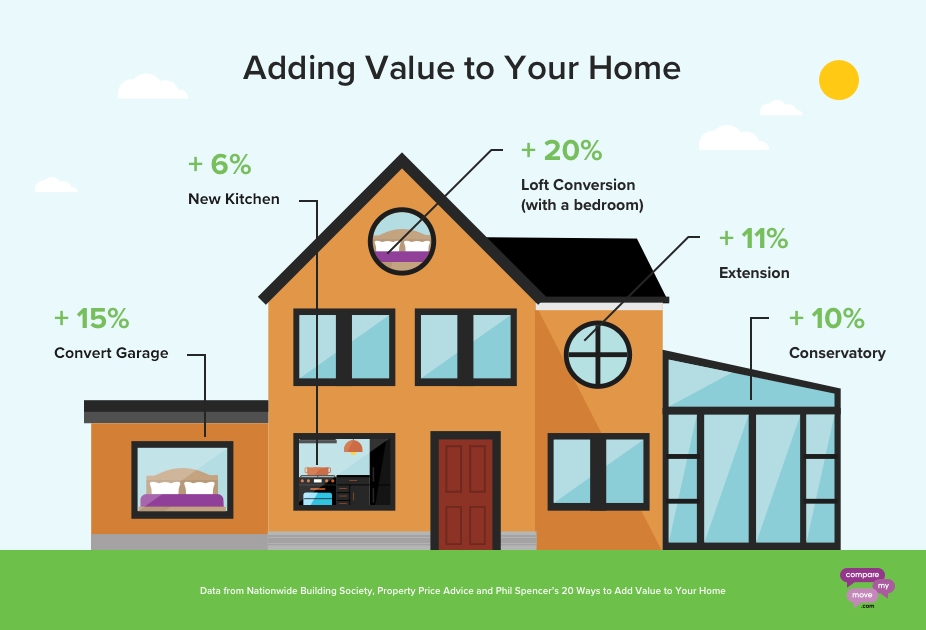
Bespoke loft conversions in Tottenham
We specialise in high-quality custom Loft Conversions across Tottenham and around North London. We have built numerous bespoke loft conversions in Tottenham which are fully tailored to the client's personal requirements and preferences. Our Loft Conversions in Tottenham allow families to add habitable space to their homes without the need to move home.
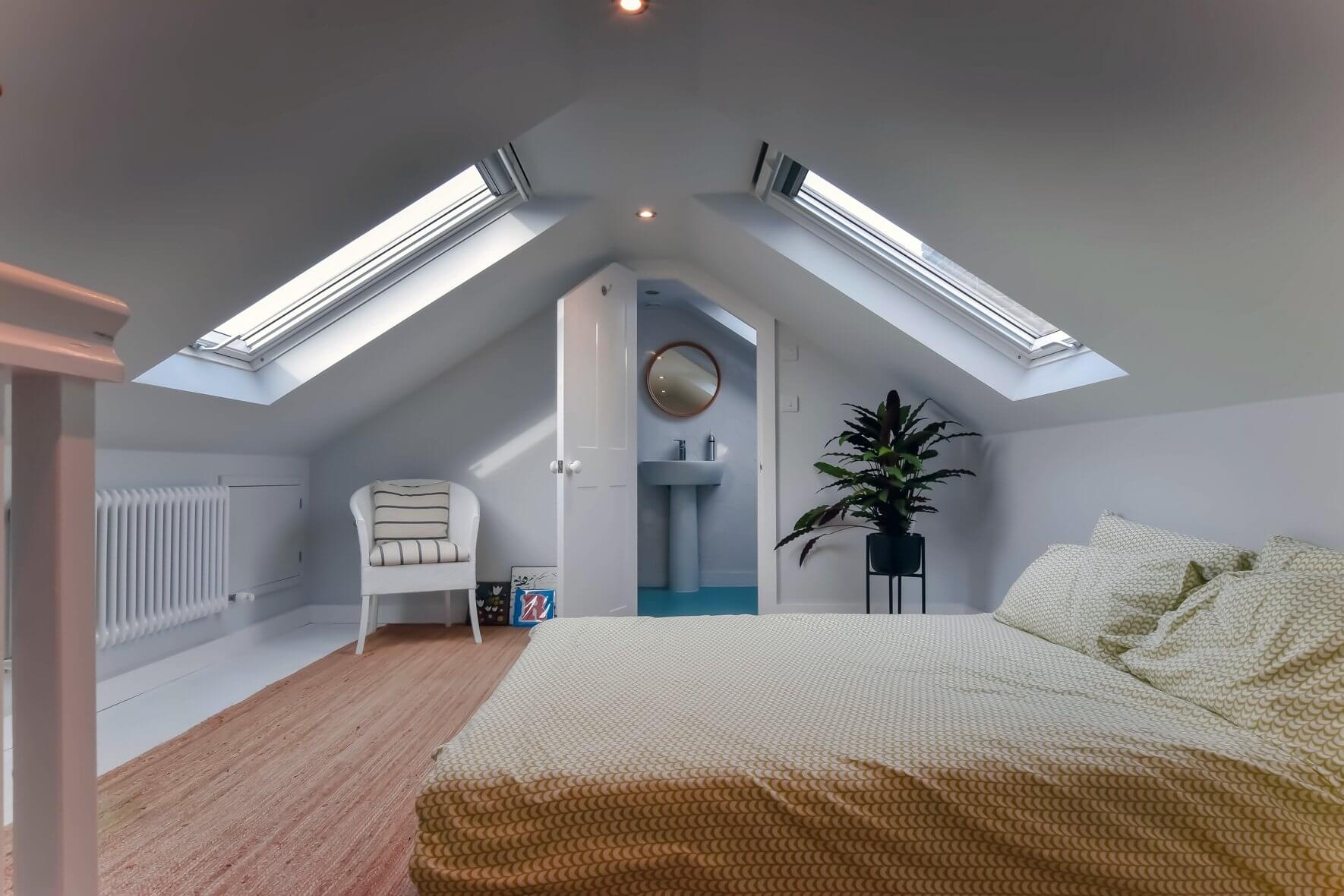
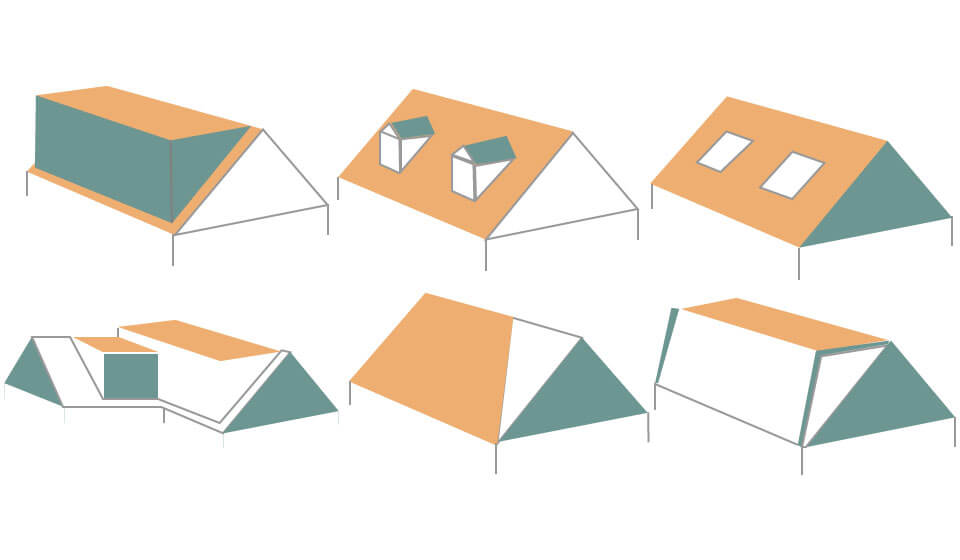
Tottenham Loft Conversions
We offer a range of Loft Conversion types in Tottenham, which include, dormer, mansard, hip to gable, L-shaped and velux loft conversions. Our team of builders will transform your house, giving you more living space and thereby increasing the value of your property.
Our latest Loft Conversions in Tottenham
Browse through our latest loft conversions and extensions in Tottenham to get an idea of what our specialist Loft Conversion team can build for you.
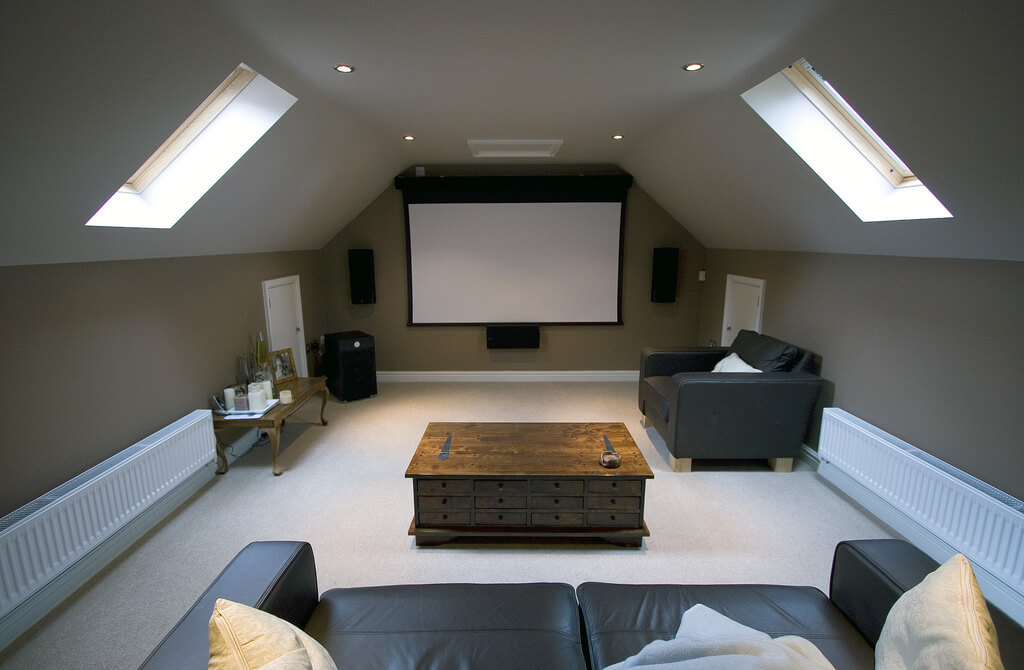

Our step by step process for Loft Conversion in Tottenham
We try to keep the Loft Conversion process as simple as possible from conception to completion, always keeping you informed and involved in every step. Our process includes an initial survey and design followed by architectural drawings and structural calculations. Thereafter, we will quote based on the drawings. Once happy with our quote, our architects apply for planning permission and commence your building work and finally the completion of your new loft conversion. Our team is ready to discuss any aspect of the project in more detail at all times.
Whether your family is growing, renting out a room in your property, or simply want a new study or office, a loft conversion is an ideal solution to maximise space in your house. This is a cost-effective alternative to moving and will increase the value of your property when you decide to sell in the future. No matter the project size, we will build you a loft that reflects your style and meets your lifestyle’s needs.
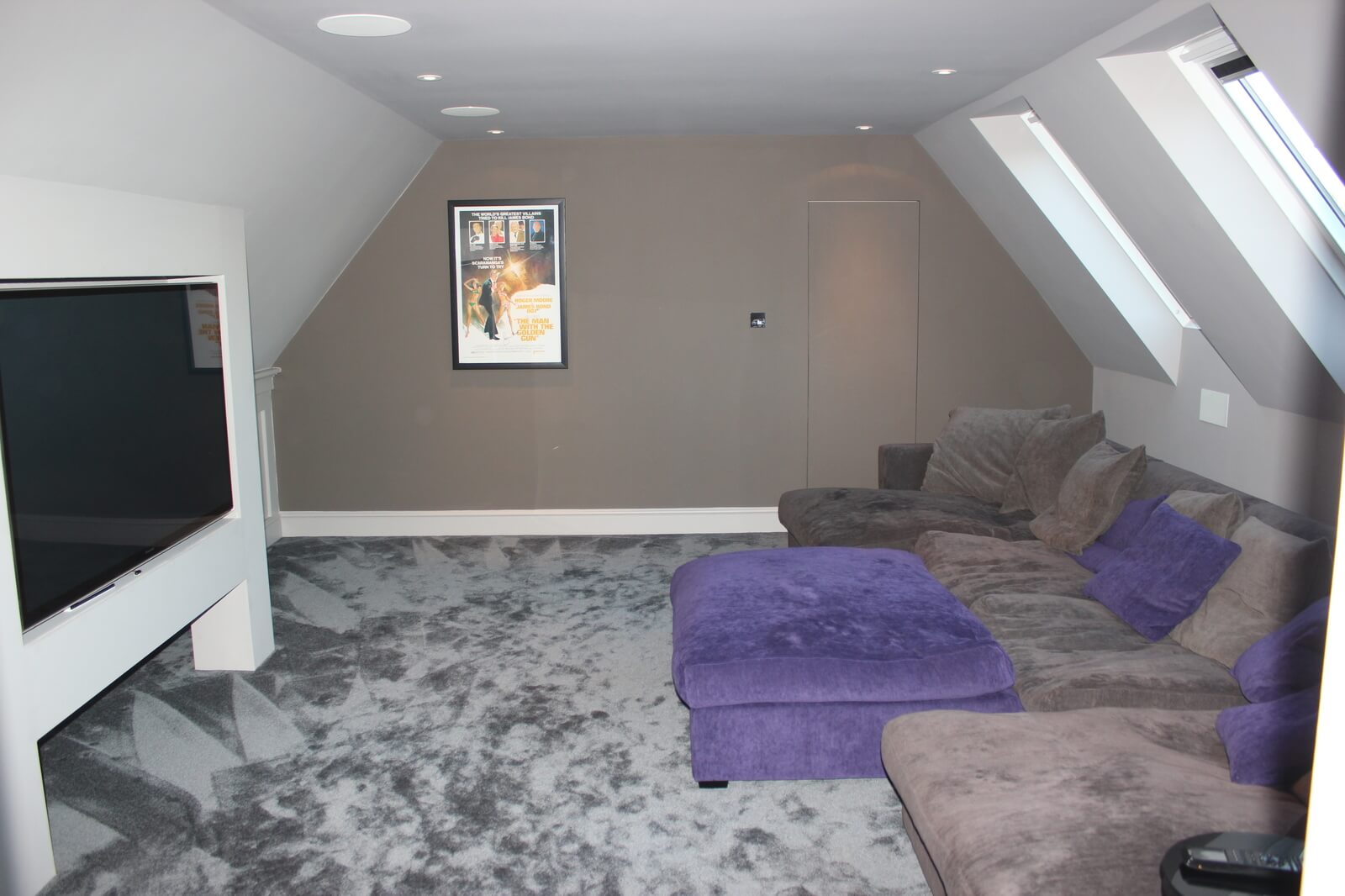
Tottenham is the home to a premier football league club and thus nobody likes to move from here. It has access to five train stations and 3 tube stations. The home of the Spurs is a fantastic and interesting place to live. With an easy commute to Central London, it also provides access to all basic and necessary amenities easily and is one of the hubs of residential spaces.
With so many facilities, no one would like to move from here. Thus, when the need for more space arises they look for loft conversions.
In Tottenham, loft conversions are carried out with strict rules and regulations and this makes the planning permissions and building regulations an important consideration. For most loft conversions planning permissions are not required as they fall under the Permitted Development rights, however, getting these in advance is not a bad idea.
There are many rules and regulations on whether planning permissions are required or not. Like, if you are extending or altering the existing roof space, then planning permission is a must. Strict building regulations rules are supposed to be followed to maintain the safety of all the building work that is done.
Below we will tell you the need for planning permissions, what all building regulations must be followed, any other permissions that are required, and any other pointers that you need to keep in mind while applying or going through these permissions.
Criteria for permitted development in your loft conversion-
The guidelines of permitted development define the outline of the work that can be done without seeking any planning permissions.
The following conditions must be fulfilled for the loft conversion to fall in the permitted development category,
For any extension or construction process that exceeds the mentioned conditions, you will need to apply for planning permission.
What all properties necessitate the need for planning permissions?
No permitted development rights apply if your home is on land that has been designated to conservation areas, World Heritage Sites, and Areas of Outstanding Natural Beauty.
Planning permissions also need to be taken if you live in any of the following,
Building regulations for loft conversions-
Building regulations are in place to ensure that the building that is being developed is structurally stable and sound. This will ensure that the new room is meeting all the fire safety rules, is soundproof, the stairs are in place, etc.
Regardless of whether you need to seek approval for planning permission or not, you will have to meet the building regulations criteria.
Specific regulations will depend on the type and area of the conversion, however, certain elements that need to be kept in mind as a starting point are,
The fire regulations state that you need to make escape routes and install additional fire safety measures between the home and the loft. Installation of windows at least 45 cm wide and provide smoke alarm systems at each level of the house.
The additional loads added due to the loft conversion will be supported by the existing walls only and this must be kept in mind. If new floor joints are added, a new wall must be added that goes all the way down to the house to act as a foundation.
New floor joists typically larger than the existing ones need to be installed as the older ceiling joints might not be able to support the load of a loft conversion.
To make your loft more illumination you will need to cut space into your existing raters to install roof windows. These roof windows will further need to be installed with new timbers. Also, the roof will need to be reinforced so that it is capable of bearing the additional load.
To make your converted loft accessible you need to ensure that a staircase that can also act as a fire escape is installed in place. If there is not enough space, a smaller and space-living staircase is acceptable, however, retractable ladders are not satisfactory.
Loft ladders that are typically used in place of staircases are only suitable when the roof needs to be accessed for storage purposes or to carry out any repair works.
It is required between the habitable rooms and the loft. Also, if you have terraced or semi-detached houses, you will need sound insulation between your loft and your neighbor’s lofts. This also makes party wall-up-gradation necessary.
These are just some of the many conditions that are present. To get a better understanding and complete information, you might want to seek the advice of a builder or architect. You can also do that by visiting the government’s planning portal website.
Party wall agreements-
A party wall agreement is signed between you and your neighbors that ensure that work is done fairly and won’t endanger your neighbor’s property. This is signed when your loft conversion activities involve and affect the wall that joins your house to your neighbor’s.
This means that you will have to give notice to the neighbor of your intention to start any work on your loft. Along with this, you will have to give a summary of your proposed work and copies of the plans of your conversion. This work can be done with the help of online templates or through a builder or an architect.
After this, it is up to your neighbors whether they give consent or not. If they are considerate and concerned they might request an independent party wall surveyor to approve your work. You can recommend a surveyor but ultimately it is up to them to choose and you are obliged to pay for their services as well.
The surveyor visits and inspects the project and may also request any further documents before signing and giving the green light to your project. This is not as scary as it sounds, they will make reasonable amendments if required and they can’t stop you if all the requirements are met efficiently.
With these points in mind, you will have an easy and efficient loft conversion while complying with all the required permissions and regulations.
Do you have a question about Loft Conversions? We're here to help. Contact our team at Loft Conversion London
The minimum height required for a Loft Conversion is 2.2m (from the floor to the highest point in your loft). If you do not have the required height, your ceilings can be lowered on your first floor.
This depends on the size and type of Loft, most loft conversions take around 10-12 weeks. We can give you a more accurate estimation when we see your property.
Loft Conversion cost is determined by the size and type of the project, the features you would like, etc. Our architect will help you achieve the best use of your space within your budget. Most Lofts cost between £25,000 and £60,000.
No - it's safe to carry on living in your house. Our team starts from the scaffolding before the stairs go in. We always try to limit the disruption during the construction process.
Loft Conversions usually fall under the permitted development category therefore planning permission is not normally required. There are some exceptions like conservation areas, flats, or listed buildings. Our in-house surveyors can advise further on planning permission. For more info read our Planning Permission blog.
A party wall agreement is also known as PWA is required if you own semi-detached or terraced property. In simple words, if you are working within or near your neighbor’s boundary then you will need a party wall agreement in place. Click here for more info.
Yes - it will add from 15% to 25% upwards depending on the size, design, and type of Loft. Read more about adding value here.
Yes, all Loft conversions require building regulation approval from the local authority. These regulations are important to ensure the safety measures are in place and they set a protocol of construction and design to follow.
Absolutely yes, we will work with you to achieve your dream new living space.
